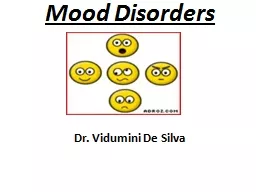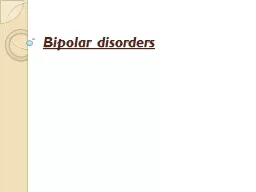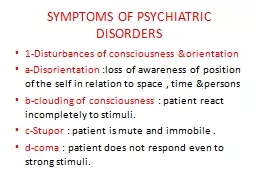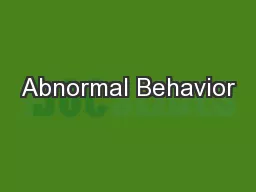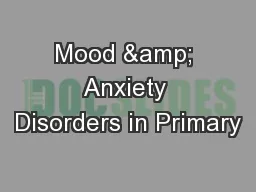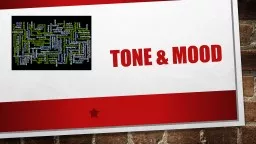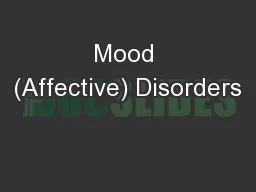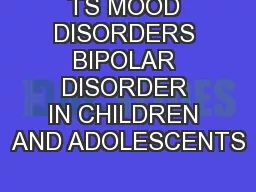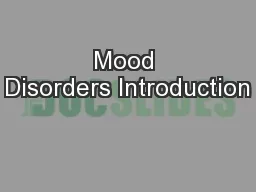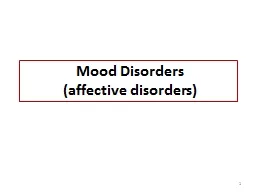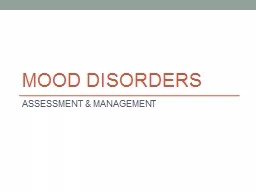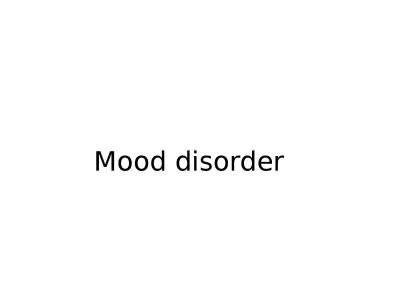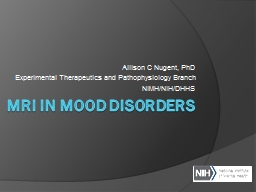PPT-Mood Disorders Dr. Vidumini
Author : pamella-moone | Published Date : 2018-11-06
De Silva Depression Lowering of mood Mania Heightening of mood Bipolar Affective Disorder About BAD 1 Epidemiology Lifetime risk 03 15 2 Can be interpreted in
Presentation Embed Code
Download Presentation
Download Presentation The PPT/PDF document "Mood Disorders Dr. Vidumini" is the property of its rightful owner. Permission is granted to download and print the materials on this website for personal, non-commercial use only, and to display it on your personal computer provided you do not modify the materials and that you retain all copyright notices contained in the materials. By downloading content from our website, you accept the terms of this agreement.
Mood Disorders Dr. Vidumini: Transcript
Download Rules Of Document
"Mood Disorders Dr. Vidumini"The content belongs to its owner. You may download and print it for personal use, without modification, and keep all copyright notices. By downloading, you agree to these terms.
Related Documents

